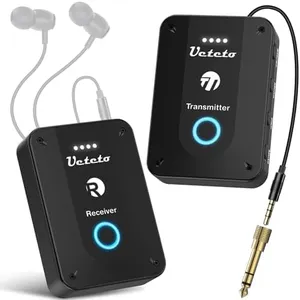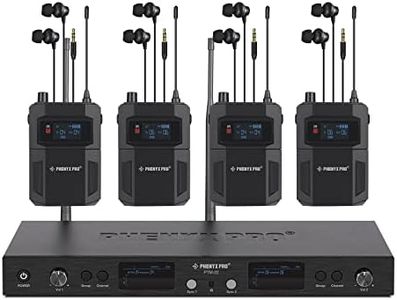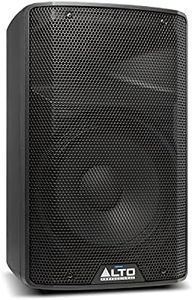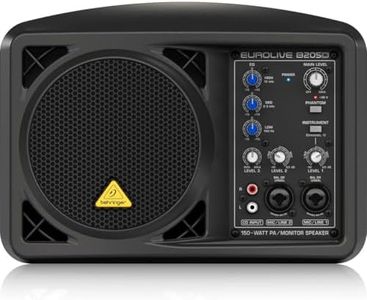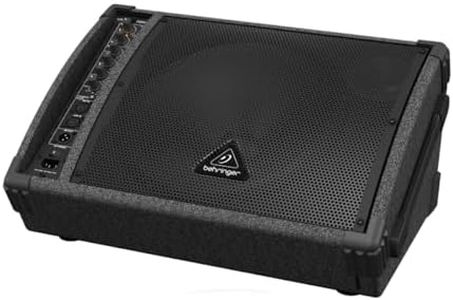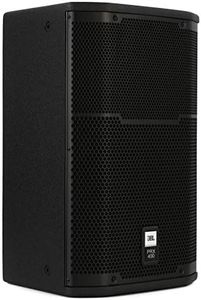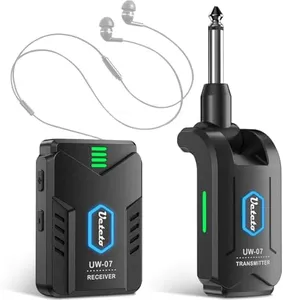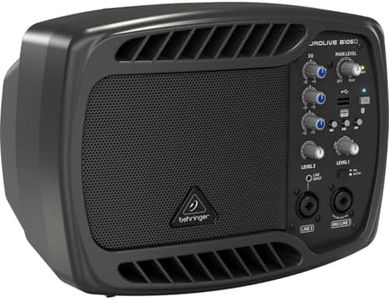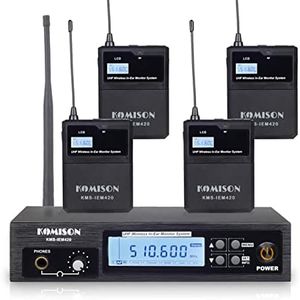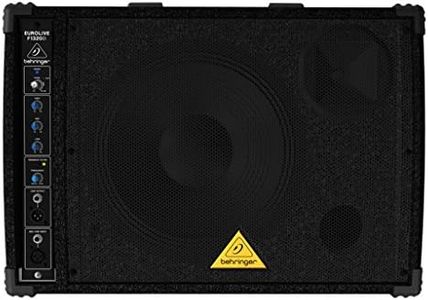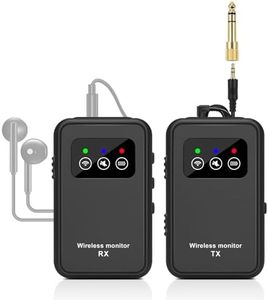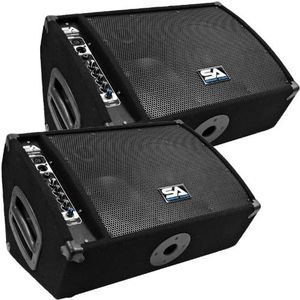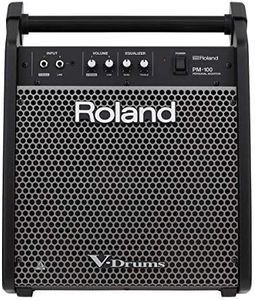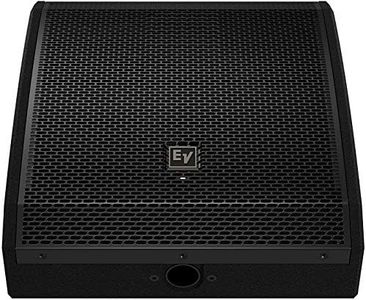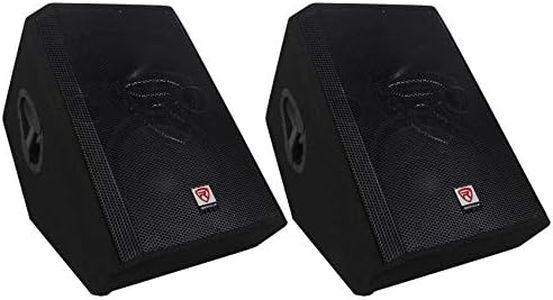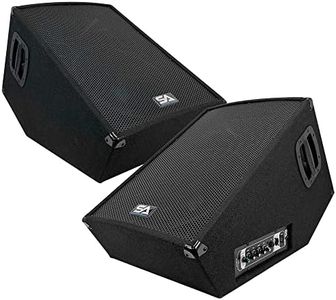We Use CookiesWe use cookies to enhance the security, performance,
functionality and for analytical and promotional activities. By continuing to browse this site you
are agreeing to our privacy policy
10 Best Stage Monitors 2025 in the United States
How do we rank products for you?
Our technology thoroughly searches through the online shopping world, reviewing hundreds of sites. We then process and analyze this information, updating in real-time to bring you the latest top-rated products. This way, you always get the best and most current options available.

Buying Guide for the Best Stage Monitors
Choosing the right stage monitor is crucial for any live performance, as it allows performers to hear themselves and other musicians clearly. This helps in maintaining the right pitch, timing, and overall performance quality. When selecting a stage monitor, it's important to consider several key specifications to ensure it meets your needs and enhances your performance experience.Power OutputPower output, measured in watts, indicates how loud the monitor can get. This is important because it determines whether the monitor can deliver sound at a volume that is sufficient for the performance environment. Lower power output (50-200 watts) is suitable for small venues or personal practice, while medium power output (200-500 watts) is ideal for medium-sized venues. High power output (500+ watts) is necessary for large venues or outdoor performances. Choose a power output that matches the size of the venues where you typically perform.
Frequency ResponseFrequency response refers to the range of frequencies a monitor can reproduce, usually measured in Hertz (Hz). This is important because it affects the clarity and accuracy of the sound. A wider frequency response (e.g., 50 Hz to 20 kHz) can reproduce both deep bass and high treble sounds, making it suitable for a full range of instruments and vocals. Narrower frequency responses may be sufficient for specific instruments or vocal ranges. Consider the type of music you perform and the instruments you use to determine the appropriate frequency response.
Size and PortabilityThe size and portability of a stage monitor are important factors, especially if you frequently move between different venues. Smaller monitors are easier to transport and set up, making them ideal for solo performers or small bands. Larger monitors may provide better sound quality and volume but can be more cumbersome to move. Assess your transportation capabilities and the typical stage setups you encounter to choose a monitor size that balances sound quality with ease of transport.
Connectivity OptionsConnectivity options refer to the types of inputs and outputs available on the monitor, such as XLR, TRS, or RCA connectors. This is important because it determines how easily the monitor can be integrated into your existing sound system. More connectivity options provide greater flexibility in connecting different audio sources and devices. Consider the equipment you already use and ensure the monitor has compatible connections to avoid any setup issues.
Durability and Build QualityDurability and build quality are crucial for stage monitors, as they need to withstand the rigors of frequent transport and use. Monitors with robust construction and protective features, such as metal grilles and reinforced corners, are more likely to endure the demands of live performances. If you perform regularly and transport your equipment often, prioritize monitors with high durability to ensure they last longer and maintain their performance quality.
Sound QualitySound quality encompasses the overall clarity, balance, and fidelity of the audio produced by the monitor. This is important because it directly affects how well you can hear yourself and other performers on stage. High-quality sound ensures that you can perform at your best without straining to hear. To evaluate sound quality, listen to the monitor in person if possible, and consider reviews from other musicians. Choose a monitor that delivers clear, balanced sound that suits your performance style and needs.
Most Popular Categories Right Now
